Description
How did the city of St. Paul come to be where and what it is, and what does that show us about the city today? Bill Lindeke provides intriguing insights and helpful answers. He tells the stories of the Dakota village forced to move across the Mississippi by a treaty–and why whiskey sellers took over the site; the new community’s close ties to Fort Snelling and Winnipeg; the steamboats and railroads that created a booming city; the German immigrants who outnumbered the Irish but kept a low profile when the United States went to war; the laborers who built the domes over the state capitol and the Cathedral of St. Paul; the gangsters and bootleggers who found refuge in the city; the strong neighborhoods, shaped by streets built on footpaths and wagon roads–until freeway construction changed so much; and the Hmong, Mexican, East African, and Karen immigrants who continue to build the city’s strong traditions of small businesses. This thoughtful investigation of place helps readers to understand the city’s hidden stories, surrounding its residents in plain sight
Review
Melvin Carter, mayor of St. Paul
Terri Thao, community activist, organizer, and longtime St. Paul resident
“Bill Lindeke brings the heft and deftness of an engaged scholar to this project while writing a book that is a pleasure to read. By showing how diverse communities, from the Dakota to the Hmong and Somali, not only live here but also make sense out of their experiences here, Lindeke provides a history that lives up to his dictum that ‘the uneven geography of St. Paul is best understood from contrasting perspectives.’”
Peter Rachleff, co–executive director, East Side Freedom Library
About the Author
Excerpt. © Reprinted by permission. All rights reserved.
Details
- Publisher : Minnesota Historical Society Press (July 20, 2021)
- Language : English
- Paperback : 188 pages
- ISBN-10 : 1681342006
- ISBN-13 : 978-1681342009
- Item Weight : 10.4 ounces
- Dimensions : 6.25 x 0.75 x 9.25 inches
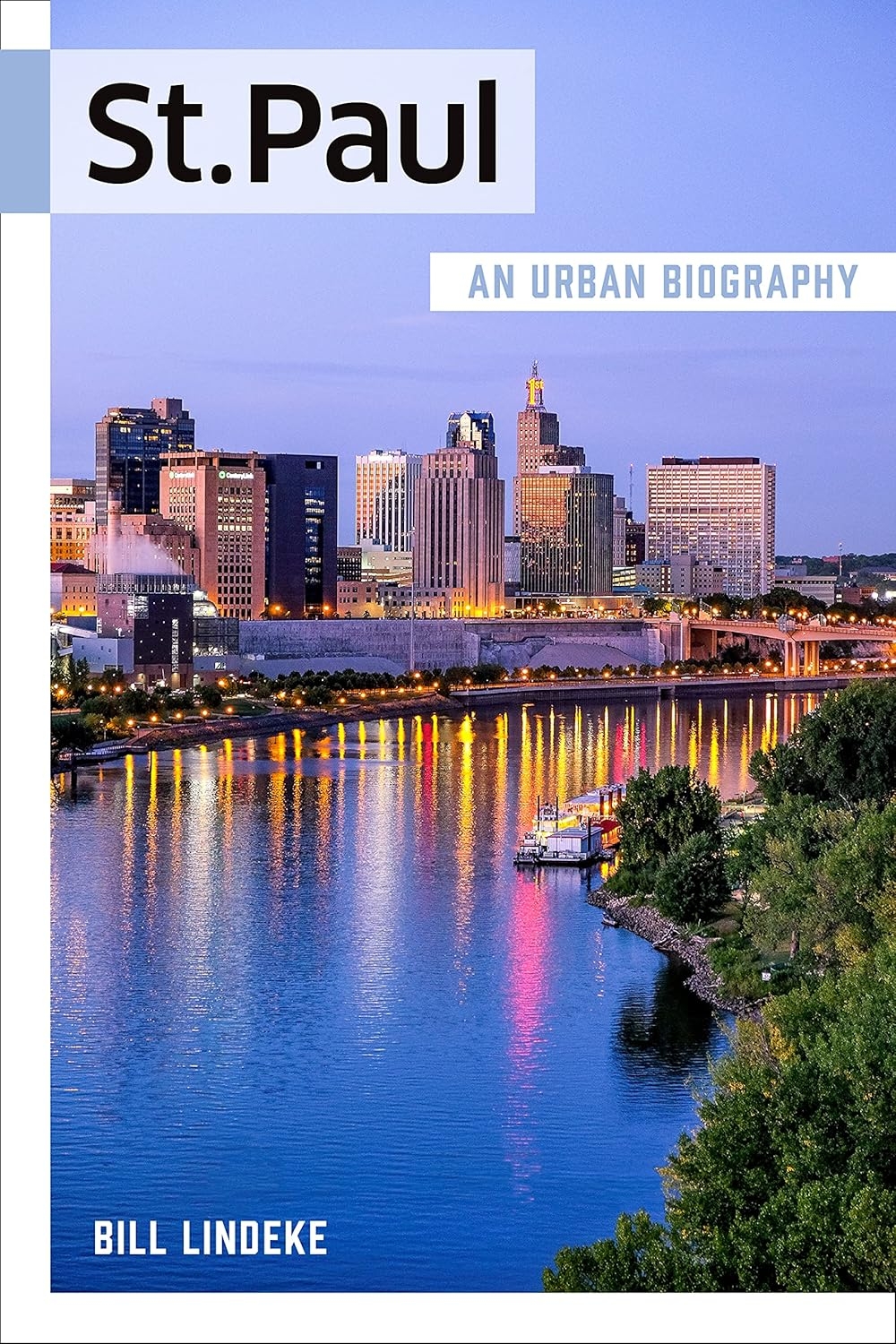


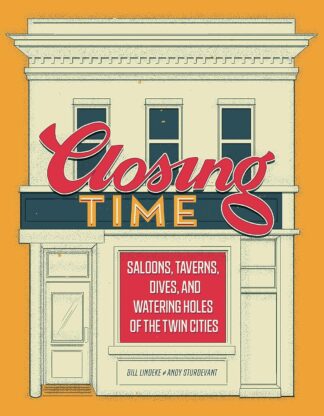
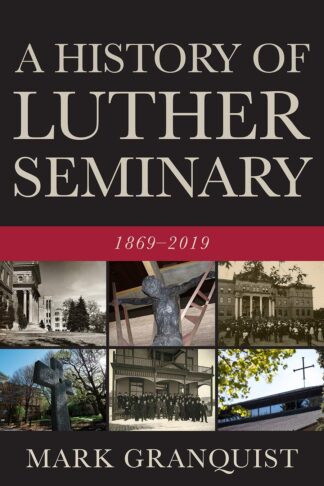
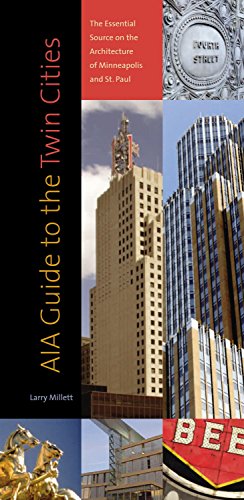
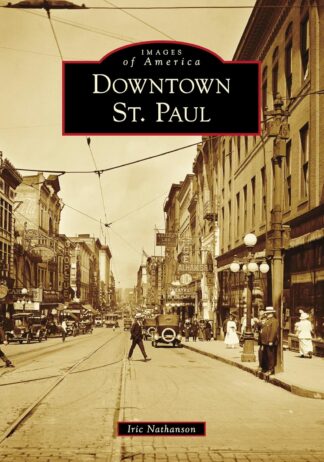




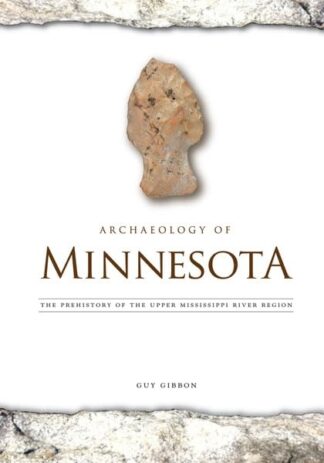
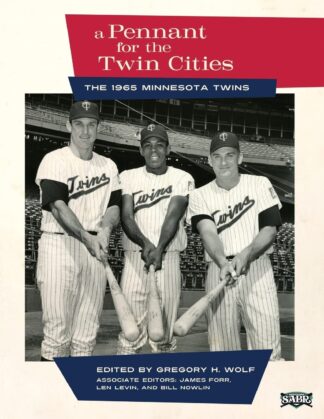
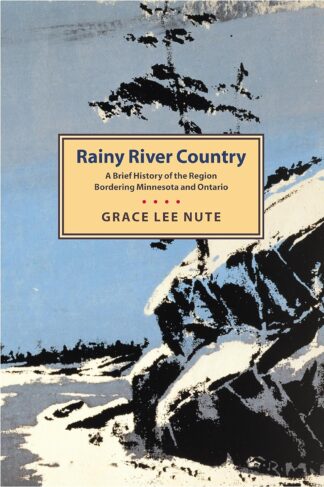

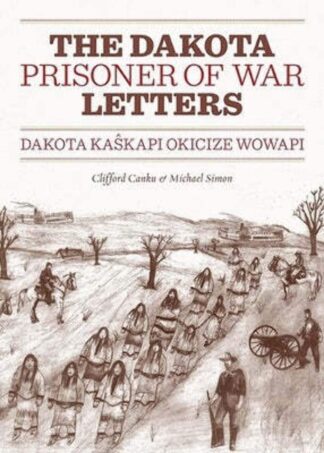
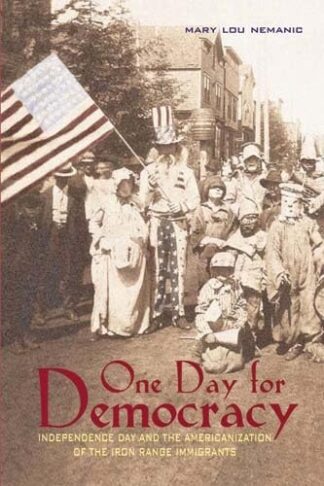
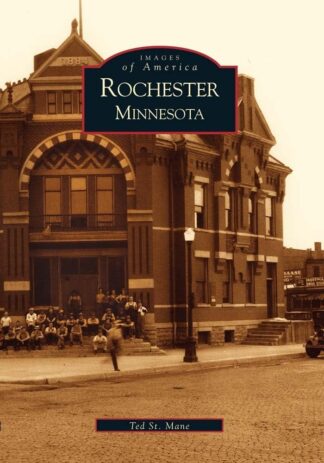

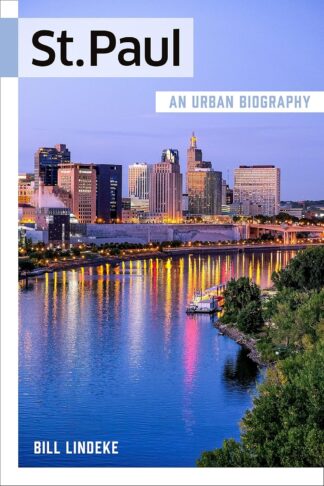
Reviews
There are no reviews yet.